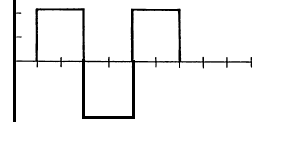syee10
Member level 3
Hi,
I am designing a power meter which using the multiplier LM331 to multiply the Voltage and Current signal. The voltage and current signal will be go through the sample and hold circuit and the output of the sample and hold will be go into the LM331 multiplier. Power, P=VIcos(angle) and the LM331 having a transfer function of output W = [(X1-X2)(Y1-Y2)/10V]+Z. The problem is for example V=3V and I=2A, Output should be 6W(ignoring the cos(angle)). Due to the transfer function of LM331 i will never get the output 6W that i want. So anyone there can help me out? =)
I am designing a power meter which using the multiplier LM331 to multiply the Voltage and Current signal. The voltage and current signal will be go through the sample and hold circuit and the output of the sample and hold will be go into the LM331 multiplier. Power, P=VIcos(angle) and the LM331 having a transfer function of output W = [(X1-X2)(Y1-Y2)/10V]+Z. The problem is for example V=3V and I=2A, Output should be 6W(ignoring the cos(angle)). Due to the transfer function of LM331 i will never get the output 6W that i want. So anyone there can help me out? =)

